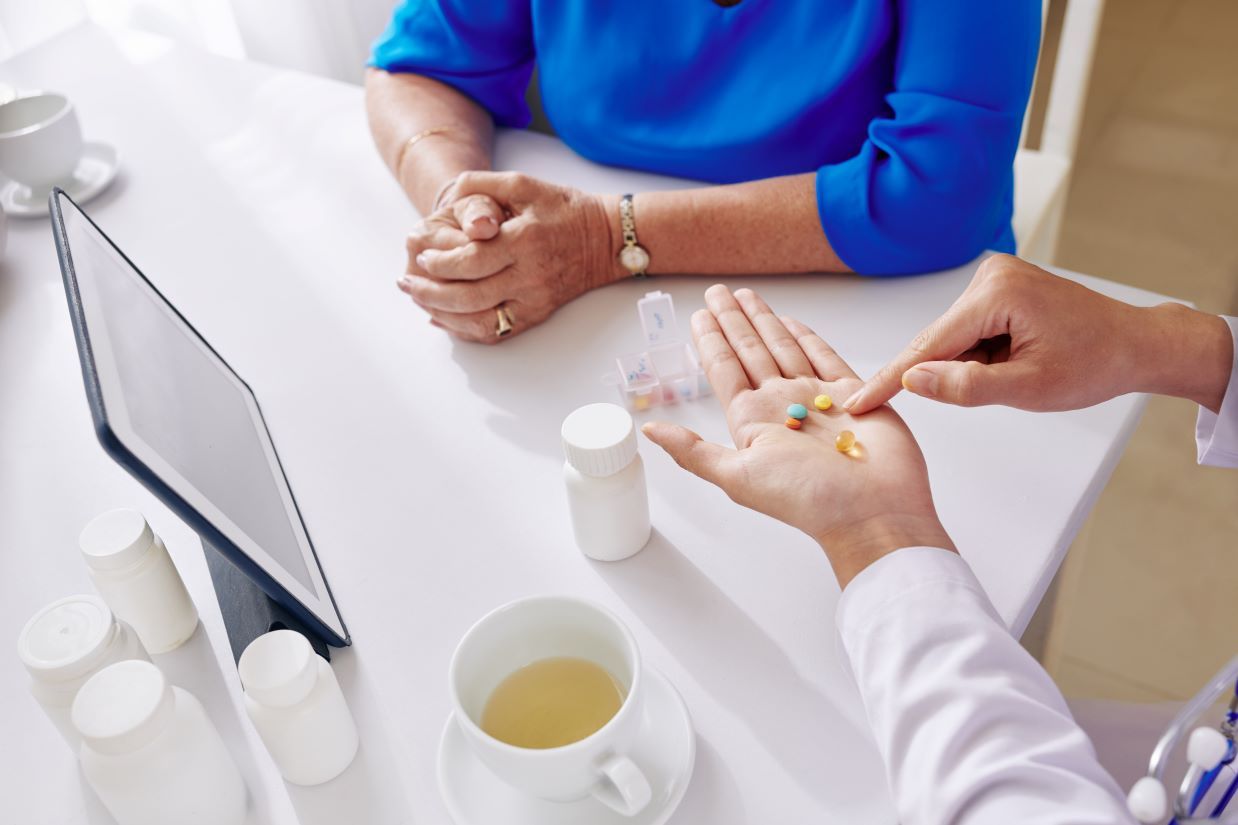Introduction
In the high-stakes atmosphere of medical care, every second counts. Recognizing hospital codes and protocols is important for physician, first responders, and also nonprofessionals learnt Basic Life Support (BLS). This article delves into numerous elements of medical facility codes and methods from a BLS point of view, stressing the relevance of communication, speedy activity, and adherence to established guidelines. We'll discover standard vs sophisticated life support methods, efficient techniques for examining responsiveness, determining no breathing, public defibrillator usage, BLS accreditation demands, and much more.
Hospital Codes and Procedures Described: A BLS Perspective
When we talk about hospital codes and protocols, we're basically discussing a standardized language that guarantees reliable communication among doctor. These codes vary from emergency situation situations to routine medical facility procedures. For example, the well-known "Code Blue" signifies a patient calling for prompt resuscitation initiatives due to heart attack. Recognizing these signals can empower both physician and onlookers throughout critical situations.
What Are Hospital Codes?
Hospital codes are succinct expressions or terms that interact certain scenarios or emergency situations within a medical care setting. They're developed to minimize panic while making sure quick reaction. Below's a malfunction of some frequently used medical facility codes:
- Code Blue: Cardiac arrest; immediate resuscitation is needed. Code Red: Fire alert; discharge treatments may be necessary. Code Yellow: A bomb hazard has actually been reported. Code Orange: Hazardous product spill or exposure.
These codes make sure every person on personnel comprehends the scenario quickly without unnecessary explanation-- rate is typically critical in emergencies.
Understanding Procedures in Healthcare
Protocols refer to established treatments that assist medical care experts in delivering treatment effectively and securely. They include everything from exactly how to manage emergency situations like heart attacks to everyday functional treatments such as client check-ins. In BLS training, individuals learn particular procedures for analyzing individuals' problems and giving prompt assistance.
Basic vs Advanced Life Support: What's the Difference?
When it revives assistance training, there are 2 primary levels: basic life support (BLS) and advanced life assistance (ALS).
Basic Life Assistance (BLS)
BLS includes essential techniques that anyone can discover. It consists of:

- Checking responsiveness Identifying no breathing Performing upper body compressions Using an Automated External Defibrillator (AED)
BLS concentrates on supporting patients till innovative assistance arrives.
Advanced Life Assistance (ALS)
ALS surpasses standard methods and consists of sophisticated treatments such as:
- IV medicine administration Advanced respiratory tract management Monitoring heart rhythms with telemetry
These skills generally need additional training and are performed by paramedics or doctor with specialized education.
The Significance of Examining Responsiveness
One of the primary steps in any emergency scenario is inspecting responsiveness. Asking basic questions like "Are you alright?" assists figure out if the individual is mindful. If they do not react:
Call for aid immediately. Assess their breathing. Prepare to begin mouth-to-mouth resuscitation if there's no indication of breathing.This swift activity can make all the distinction between life and death.
Identifying No Breathing: The Crucial Step
It's essential to differentiate between normal breathing and no breathing at all throughout an emergency situation analysis. If someone appears unresponsive but has actually labored breaths or gasps (agonal breathing), this still warrants prompt focus as it may show an extreme clinical crisis.

If there's no evidence of breathing after 10 seconds, it's time to initiate CPR appropriate away!
Public Defibrillator Use: A Lifesaving Tool
Public access defibrillators (PADs) have actually ended up being progressively readily available in places like shopping malls, gyms, institutions, and offices. Recognizing just how to use these devices can considerably raise survival rates during heart emergencies.
How to Utilize a Public Defibrillator
Turn on the AED: Many gadgets will offer voice triggers once activated. Attach pads: Position them on the bare chest as shown on the device. Analyze rhythm: Allow the AED to analyze whether a shock is needed. Deliver shock if advised: Make certain no one is touching the person when administering a shock.Training programs often consist of simulations utilizing AEDs so individuals feel great utilizing them during real-life situations.
BLS Accreditation Requirements
For anybody curious about coming to be certified in Basic Life Support, several organizations provide programs which cover vital abilities needed in emergency situations:
- American Heart Organization (AHA) American Red Cross National Safety Council (NSC)
Certification generally needs completion of a course adhered to by an examination showing efficiency in essential abilities like CPR strategies-- taking turns on compressions when numerous rescuers are present ends up being essential here!
The Duty of Maintaining Composure Throughout Emergencies
When faced with high-pressure scenarios such as cardiac CPR Training Salisbury - First Aid Pro arrests or injury instances, preserving calmness ends up being vital-- not just for your purpose but likewise for those relying upon your actions! Panic can cloud judgment; as a result:
Take deep breaths before approaching any kind of rescue scenario. Focus only on tasks handy rather than overwhelming emotions. Remember that having actually exercised these skills makes you much more ready than you think!FAQs Concerning Healthcare facility Codes & & Protocols
1. What must I do if I encounter a person unresponsive?
If you discover someone unresponsive:
- Check responsiveness by shaking their shoulder delicately while asking if they're okay. Call 911 promptly if there's no response. Check their breathing; start CPR if necessary.
2. Exactly how typically must I restore my BLS certification?
Typically, BLS accreditations need revival every 2 years; nonetheless, talk to your certifying company as some might mandate extra regular updates based on sector standards.

3. Can any person use an AED?
Yes! Public access defibrillators are made for use by anyone no matter clinical training-- simply follow voice motivates given by the gadget itself!
4. What's the right compression price throughout CPR?
The recommended compression price is in between 100-- 120 compressions per minute-- keeping up this speed keeps efficient blood circulation till further aid arrives!
5. Exactly how do I identify agonal gasps?
Agonal gasps show up irregularly spaced breaths or shallow inhalations happening periodically-- they indicate severe distress although they could resemble regular respiration at first glance!
6. Why is taking turns on compressions important?
Taking turns avoids rescuer fatigue which could result in slower compression rates-- aiming for optimal blood flow makes certain a lot more effective resuscitation efforts overall!
Conclusion
In recap, recognizing healthcare facility codes and protocols from a BLS viewpoint furnishes both laypersons and professional responders with crucial understanding that can save lives during medical emergency situations-- whether via performing basic life support techniques or using contemporary tools like public access defibrillators! As we've checked out today-- from examining responsiveness down through understanding advanced interventions-- the goal continues to be consistent across all techniques: timely action leads straight toward better results when lives hang in equilibrium! So why wait? Furnish on your own with these life-saving skills today via official training programs available right around you!